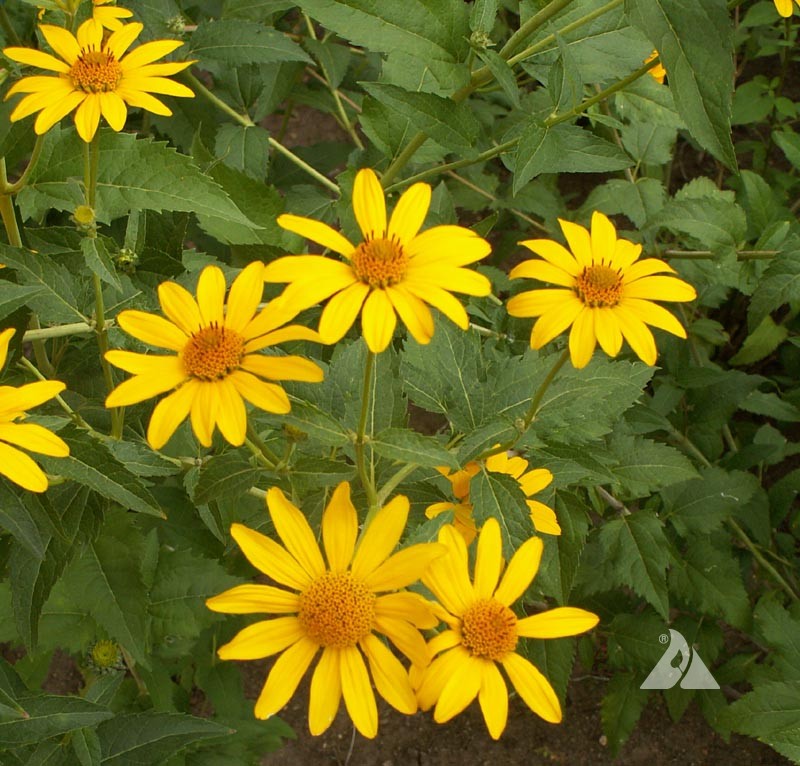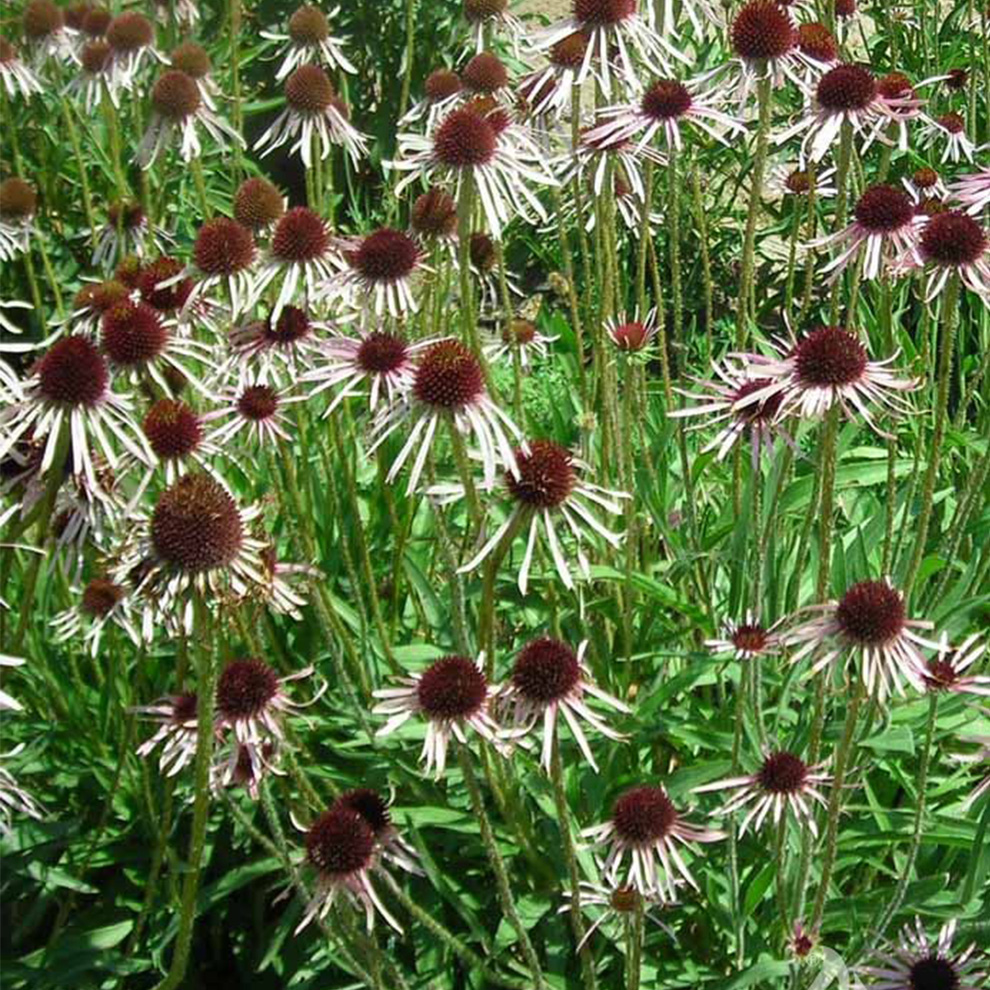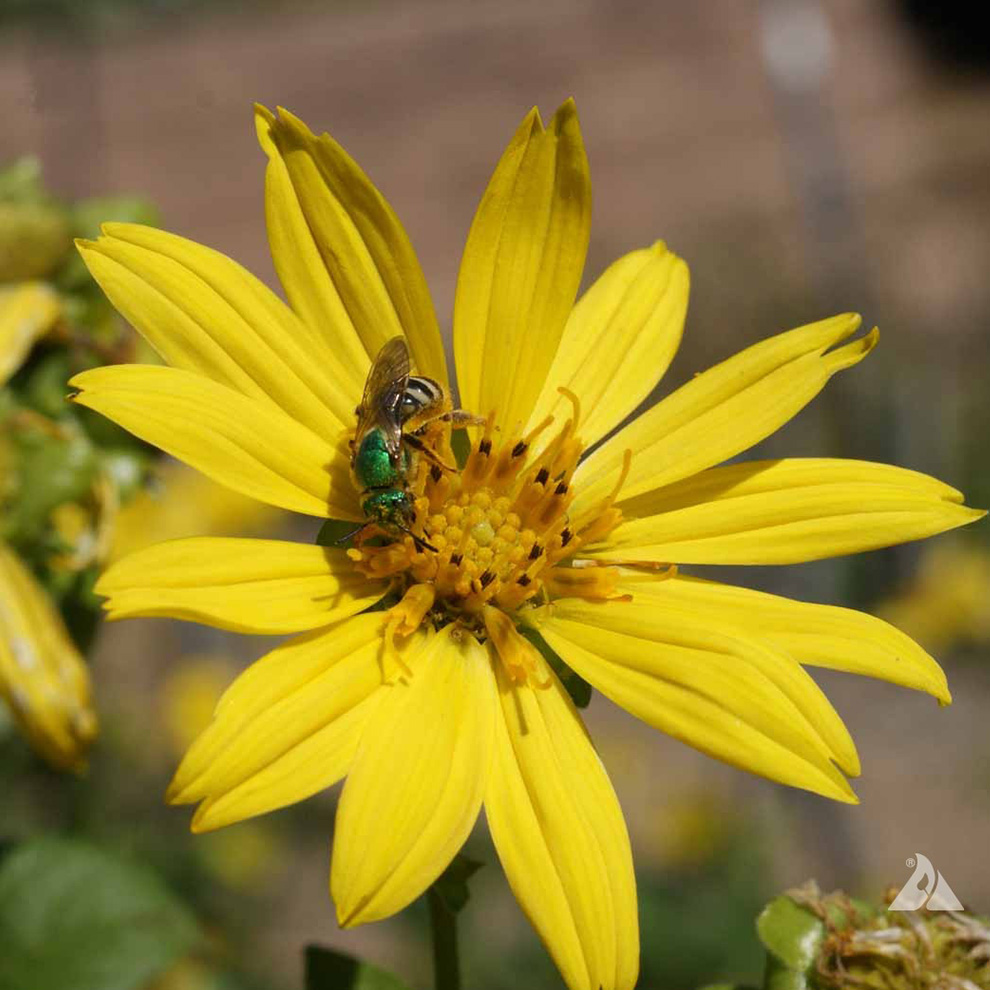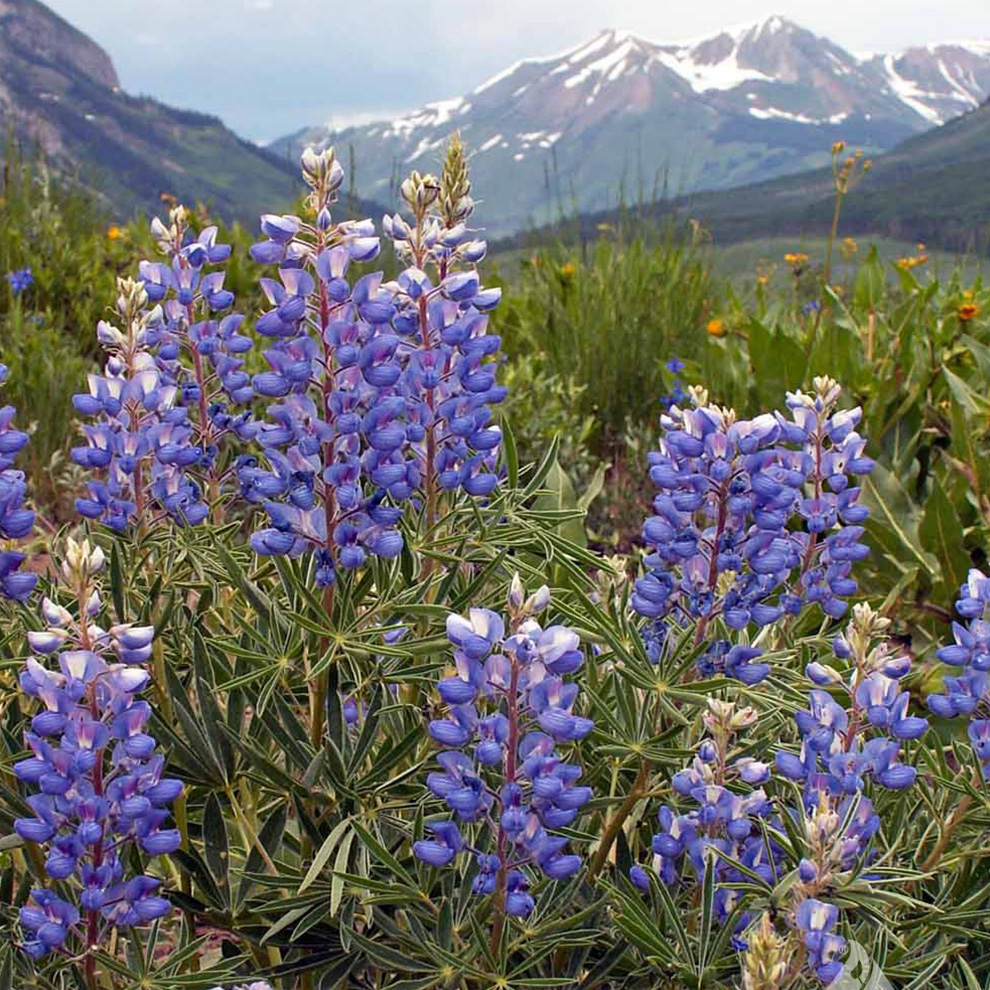 In many parts of the Northern Hemisphere right now nature is busy breaking seed dormancy through the application of cold and moisture. Some seeds, often perennials, exhibit dormancy or “the incapacity of a viable seed to germinate under favorable conditions.”(1) Dormancy fulfills an important function for plants since it allows seeds to survive conditions and seasons that are unfavorable for seedling growth. The vast majority of species do not exhibit this type of dormancy. Our seed tags give a clear indication by listing the percent of dormant seeds for each seed lot we sell.
In many parts of the Northern Hemisphere right now nature is busy breaking seed dormancy through the application of cold and moisture. Some seeds, often perennials, exhibit dormancy or “the incapacity of a viable seed to germinate under favorable conditions.”(1) Dormancy fulfills an important function for plants since it allows seeds to survive conditions and seasons that are unfavorable for seedling growth. The vast majority of species do not exhibit this type of dormancy. Our seed tags give a clear indication by listing the percent of dormant seeds for each seed lot we sell.
Even though not all the mechanisms are understood, moist chilling (stratification) is often effective in breaking seed dormancy. For perennials in particular, this requirement for a cool, moist period insures that seed does not germinate in the fall when seedlings would be tender and susceptible to cold or frost injury. Once the cool, moist period is completed, the seed is physiologically ready to germinate once adequate soil temperature and moisture is available.
Stored seed can be stratified to simulate these natural winter conditions. Seed should be mixed with a moist medium, like sand or vermiculite, sealed in a plastic bag, and stored in a refrigerator. The time required will vary with the species, but may take 60-90 days. Applewood’s trial supervisor, Diane Wilson, has already begun preparing some seed for our trial garden using this procedure.
Below are just a few examples of species that show seed dormancy:





